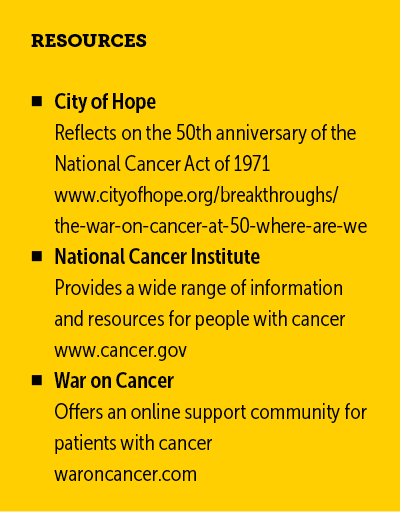Are You an Oncology Nurse or an Infusion Nurse?
Outpatient medical oncology has been my nursing focus for the past 34 years. I spent the first 17 years exclusively at the chairside in the outpatient cancer treatment center, practicing primary oncology nursing, honing my expertise in administering infusion therapies to individuals with blood and cancer disorders, and specializing in the complex nursing care associated with this patient population.
Jump to a section
Outpatient medical oncology has been my nursing focus for the past 34 years. I spent the first 17 years exclusively at the chairside in the outpatient cancer treatment center, practicing primary oncology nursing, honing my expertise in administering infusion therapies to individuals with blood and cancer disorders, and specializing in the complex nursing care associated with this patient population. During the past 17 years, I have served as a nurse manager in a new, rural, outpatient cancer treatment center; written policy and procedure, new-nurse orientation programs, and nurse competency documents; worked in an academic hospital setting with a focus on malignant melanoma therapy; and am currently a symptom management oncology triage nurse. The one constant, no matter my role, has been my ability to care for the whole person because I had time to.
Nurse–patient ratios are rising, and the context in which we deliver cancer care is shifting. According to the National Cancer Institute Surveillance, Epidemiology, and End Results Program (2022), cancer incidence rose consistently from 2014 to 2018 in all individuals up to age 85 years. The highest cancer incidence was in the age range of 80–84 years, suggesting a higher concurrence of comorbid diseases for the oncology nurse to consider when caring for this population. We now administer therapies in the outpatient setting that were once reserved for the inpatient arena. The nuances associated with managing patients receiving multimodality regimens require refined oncology nursing skills, and the devastating life disparities of our patients present as competing priorities for nurses attempting to provide holistic care—all of this in addition to needing the intricate knowledge to safely administer antineoplastic therapies. Where is the time to commit to it all when the oncology nurse has more patients to treat during a shift than ever? It feels like we spend less time nursing and more time infusing. Do you worry that the uniqueness of oncology nursing is dissolving into the infusion aspects of the job and that oncology nurses are becoming specialized technicians? I do. I think about this a lot.
Infusion nursing skills are inherent to the role of the oncology nurse working in the infusion room and are highly regarded by this nurse. But equally inherent in this role is the oncology nurse’s commitment to nursing professional standards, which speak to more than this. When we devote ourselves during the patient encounter to the infusion of the cancer therapy, our attention is on the next bag and not the patients’ fears, questions, information needs, physical comfort, spiritual rest, or their need for validation. How do we protect the sacred aspects of our role that often exist between the lines? These sacred aspects are not unique to oncology, but are specific to nursing and matter more to no one than to those of us who are performing the work every day. The moral distress I feel knowing my colleagues are forced to herd patients in and out drives me to raise awareness and advocate, not only for nursing, but also for the patients. We must continue to define our work by more than the infusion and pharmacology knowledge we have and seek measurable ways to demonstrate the value of all our work. We must search for novel ways to balance nurse–patient ratios so that the oncology nurse has time for the humanity needed during infusion encounters. 
Reference
About the Author(s)
Robin Atkins, RN, OCN®, is a symptom management oncology triage nurse at Virginia Oncology Associates in Gloucester. The author takes full responsibility for this content and did not receive honoraria or disclose any relevant financial relationships. Atkins can be reached at atkins.robin@aol.com, with copy to CJONEditor@ons.org.

